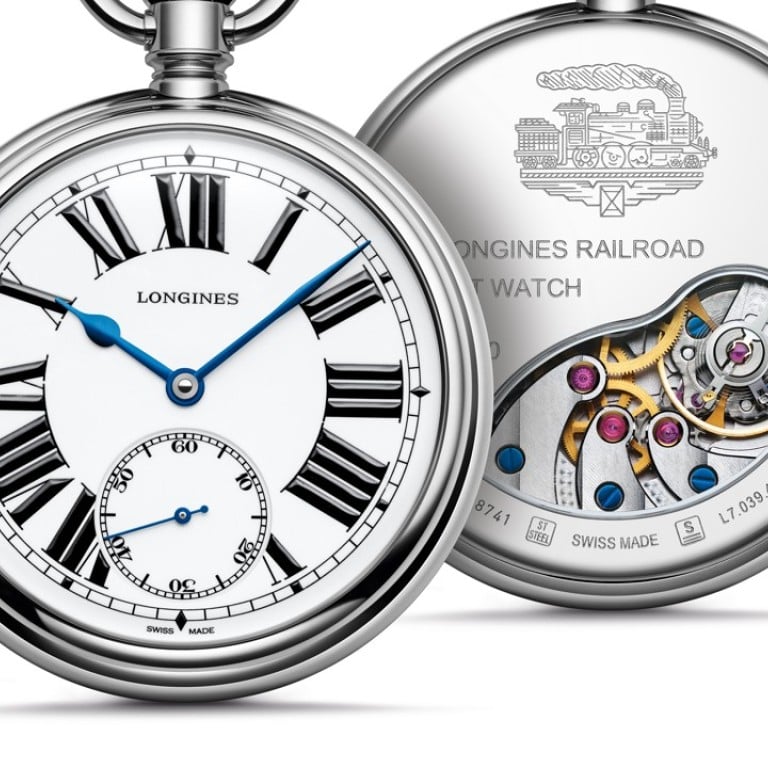Longines juggles the future and the past in bringing out its latest timepieces

Maison balances its new Record collection at the same time as it shows off its quartz expertise, and historically strong transport links
Longines celebrated its 185th anniversary at Baselworld by taking watch lovers on a trip down memory lane while offering a glimpse of the future.
The watchmaker showed its new Record collection, a line-up of automatic models in classic style. The movement includes a single-crystal silicon balance spring, a first for the brand and certified as a “chronometer” by the Swiss Official Chronometer Testing Institute (COSC).

Available in 26mm, 30mm, 38.5mm and 40mm, the new collection is designed for women (seven dials) and men (six). All feature the three working hands/date version, with a steel case – and a diamond-set steel case on a mother-of-pearl or black lacquered dial, for women. They can be fitted on a steel bracelet or alligator watch strap.
Longines traces its quartz technology journey back to 1954 for its Chronocinégines, which set records at the Neuchâtel Observatory by running for 24 hours with absolute precision. This instrument comprised a 16mm camera and a quartz clock developed by Longines, allowing sports officials to obtain images every 0.01 seconds. There was the movement 6512 in 1969, developed in-house. In 1984, it launched the Conquest V.H.P. (Very High Precision), with the Longines quartz 276 V.H.P calibre and a tolerance of ± 1 minute every five years. In 1996, it mixed thermo-compensated quartz movement used in Conquest V.H.P with the electronic perpetual calendar used in the Conquest Perpetual Calendar in 1990 to create Conquest V.H.P. Perpetual Calendar.

The movement is noted for high precision for an analogue watch (± 5 seconds per year) and ability to reset its hands after an impact or exposure to a magnetic field through the GPD (gear position detection) system.
There are two models, one powered by NTC-E56-3 Hands calibre and measuring 28.20mm in diameter, and a chronograph measuring 29.89mm.

Ninety years ago, Charles Lindbergh’s first trans-Atlantic flight, took the 33 hours and 30 minutes as recorded by Longines with the Hour Angle watch. There is a commemorative model, Lindbergh Hour Angle Watch 90th Anniversary, in a 47.50mm titanium case with a rotating PVC steel bezel and a steel crown, powered by the L699.2 calibre automatic winding mechanical movement with a 46-hour power reserve.